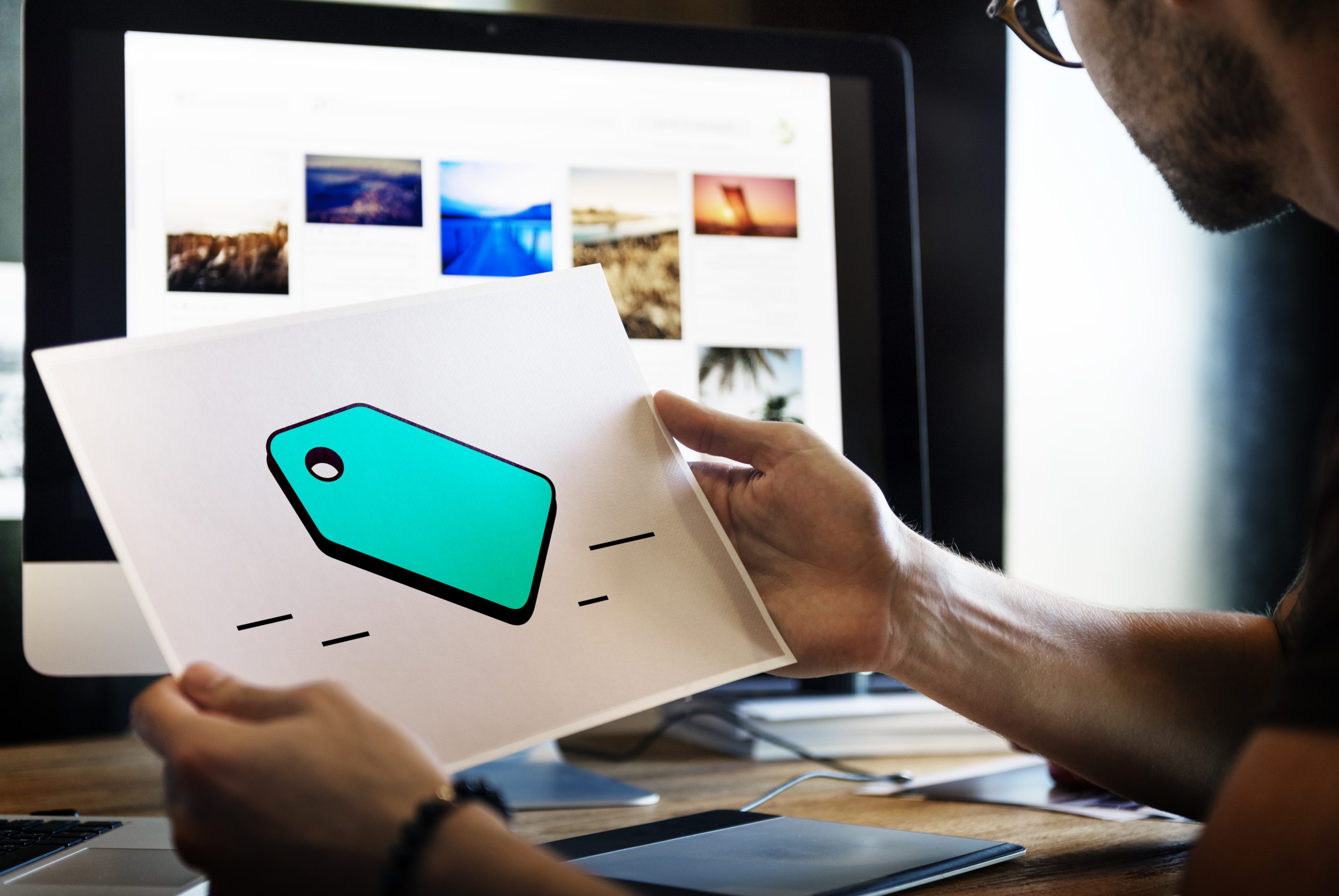Are you wondering about the ideal size for your graphic design examples on your portfolio page? It’s crucial to find the right balance between showcasing your work and maintaining a visually appealing layout. In this article, we’ll provide you with practical tips and insights on determining the optimal size for your design examples. We’ll guide you through considerations like image dimensions, responsive design, and mobile compatibility. We’ll also discuss the importance of high-resolution images without overwhelming the page. Additionally, we’ll explore the use of thumbnails and lightbox galleries to create a consistent and cohesive visual experience. Join us as we help you captivate potential clients and employers with a compelling graphic design portfolio.
Optimal Size for Graphic Design Examples
When creating your graphic design portfolio page, you may be wondering what size your design examples should be. When it comes to image dimension considerations, it’s important to find a balance between showcasing detail and optimizing load times. Large images with high resolution can enhance the visual appeal of your portfolio, but they may also slow down the loading speed of your page. On the other hand, small images may load quickly but may not effectively showcase the intricacies of your designs.
To create a cohesive visual experience, it’s recommended to test your portfolio on different devices. This will ensure that your design examples are displayed properly and maintain their quality across various screen sizes and resolutions. Additionally, be mindful of the overall page design and layout. Organize your design examples in a way that is visually appealing and easy to navigate.
Considerations for Image Dimensions
Consider the dimensions of your images when showcasing your graphic design examples on your portfolio page. The image dimensions play a crucial role in the visual impact of your work and the overall user experience of your portfolio. Here are some considerations to keep in mind:
- Image dimensions: Choose the right dimensions for your images to ensure they are displayed properly and maintain their visual quality.
- Visual impact: Optimize your images to make a strong visual impact. Consider the composition, colors, and resolution to enhance the overall presentation of your work.
- File size: Be mindful of the file size of your images. Large file sizes can slow down the loading time of your portfolio page, affecting the user experience. Use image compression techniques to reduce file size without compromising image quality.
- Image optimization: Optimize your images for web display. Use appropriate file formats, such as JPEG or PNG, and optimize the file settings to strike a balance between image quality and file size.
Finding the Right Balance
To achieve an effective portfolio, you must strike a balance between showcasing your graphic design examples and providing a seamless user experience. When it comes to image placement and design layout, consider the user experience as a top priority. Images should be of high quality and optimized for fast loading times. Avoid overcrowding your portfolio page with too many large images, as this can negatively impact the user experience. Instead, carefully choose a few key examples that represent your best work and display them in a visually appealing way. Find a layout that allows the images to shine while still maintaining a clean and organized design. Remember to optimize your images for web by compressing them without sacrificing image quality. By finding the right balance between showcasing your graphic design examples and providing a user-friendly experience, you can create a portfolio that effectively showcases your skills and impresses potential clients or employers.
Responsive Design and Mobile Compatibility
Ensure your graphic design examples are optimized for responsive design and mobile compatibility. In today’s digital landscape, it is crucial to consider the user experience across different devices. Here are some key points to keep in mind:
- Responsive design: Make sure your portfolio is responsive, meaning it adapts to different screen sizes and resolutions. This ensures that your designs look great on both desktop and mobile devices.
- Image optimization: Optimize your images for web to improve loading times and overall performance. Use appropriate file formats and compress images without compromising quality.
- Visual hierarchy: Maintain a clear visual hierarchy in your portfolio to guide users’ attention and make it easier for them to navigate and interact with your designs.
- Image compression: Use image compression techniques to reduce file sizes without compromising quality. This helps to improve loading times, especially on mobile devices where internet speeds may vary.
High-Resolution Vs. Web-Friendly Images
Optimize your graphic design examples by using high-resolution images for a visually stunning portfolio page. When it comes to image quality, it’s important to strike a balance between file size and clarity. High-resolution images offer better detail and sharpness, enhancing the overall visual impact of your portfolio. However, they also tend to have larger file sizes, which can affect page loading times. On the other hand, web-friendly images are optimized for faster loading speeds but may sacrifice some image quality.
To help you make the right choice, here’s a comparison of high-resolution and web-friendly images:
| High-Resolution Images | Web-Friendly Images |
|---|---|
| Larger file sizes | Smaller file sizes |
| Better image quality | Lower image quality |
| Suitable for print | Ideal for web |
| Require more storage | Less storage needed |
To optimize your images, consider using image compression techniques or selecting the appropriate file formats such as JPEG or PNG. Additionally, pay attention to image dimensions and resize them to fit your portfolio page. By finding the right balance between image quality and file size, you can create a visually appealing portfolio that loads quickly for an optimal user experience.
Importance of Load Times and Page Speed
Improving load times and page speed is crucial for an optimal user experience on your graphic design portfolio page. Here are some reasons why it is important to prioritize website performance:
- Image optimization: Optimizing your images allows for faster load times and better overall performance of your portfolio page. By reducing the file size of your images through compression and choosing the appropriate image file formats, you can significantly improve load times.
- User experience: Slow-loading websites can frustrate users and lead to high bounce rates. By ensuring fast load times and quick page speed, you provide a seamless and enjoyable browsing experience for your visitors, increasing the chances of them staying on your portfolio page.
- Image compression: Compressing your images reduces their file size without compromising the visual quality. This helps to minimize the time it takes for your images to load, improving the overall performance of your portfolio page.
- Image file formats: Choosing the right image file formats, such as JPEG or PNG, can impact the load times of your portfolio page. Understanding the strengths and limitations of each file format and using them appropriately can optimize your website’s performance.
Showcasing Details Without Overwhelming the Page
When showcasing details on your portfolio page, focus on effectively presenting the information without overwhelming the viewer. It is important to strike a balance between showcasing craftsmanship and maximizing impact, while still capturing attention and enhancing the user experience. One way to achieve this is by using a combination of visuals, descriptive text, and interactive elements. Consider incorporating a 3 column and 3 row table to showcase your work in a clear and organized manner:
| Project Title | Description | Key Features |
|---|---|---|
| Logo Design | Created a modern and minimalist logo for a startup company. | Clean and simple design, vibrant color palette, versatile usage. |
| Website Redesign | Revamped the user interface and user experience of a corporate website. | Intuitive navigation, responsive design, improved loading speed. |
| Packaging Design | Designed eye-catching packaging for a new product line. | Bold typography, unique shape, sustainable materials. |
Creating a Consistent and Cohesive Visual Experience
To create a consistent and cohesive visual experience on your portfolio page, ensure that all graphic design examples are presented in a visually harmonious manner. This will enhance the overall user experience and make your portfolio more appealing to potential clients. Here are some key considerations to keep in mind:
- Image size: Optimize your images to ensure they load quickly and don’t compromise the page layout. Large file sizes can slow down your website and negatively impact user experience.
- Visual consistency: Maintain a consistent visual style throughout your portfolio. Use cohesive color schemes, typography, and design elements to create a unified look and feel.
- Page layout: Arrange your graphic design examples in a logical and visually pleasing way. Consider the flow of the page and how viewers will navigate through your work.
- Image optimization: Compress your images without sacrificing quality to improve page loading times. This will contribute to a smoother browsing experience for your audience.
Using Thumbnails and Lightbox Galleries
To enhance the usability and navigation of your portfolio page, consider incorporating thumbnails and lightbox galleries. Creative thumbnails can help you showcase your work in a visually appealing way and grab the attention of your visitors. By using thumbnails, you can provide a sneak peek of your designs and encourage users to click for a closer look.
When designing thumbnails, it’s important to maximize their impact by choosing captivating images that represent the essence of your work. Consider using high-quality visuals that accurately showcase your design skills and creativity. Additionally, make sure to optimize the size of your thumbnails to strike a balance between image quality and page performance.
Once users click on a thumbnail, they should be taken to a lightbox gallery where they can view the full-size image and explore your project in detail. When creating a captivating gallery, organize your images in a logical and intuitive manner. Consider adding descriptions or captions to provide context and highlight key details.
Remember to keep the overall design of your portfolio page consistent with your branding and style. This will create a cohesive visual experience for your visitors and showcase your professionalism. By incorporating creative thumbnails and a captivating lightbox gallery, you can effectively showcase your graphic design examples and leave a lasting impression on potential clients and employers.
Testing and Optimizing for Different Devices and Browsers
Optimize your graphic design portfolio by testing its compatibility with different devices and browsers. To ensure a seamless user experience and cross-browser compatibility, consider the following testing techniques:
- Conduct thorough cross-browser testing to ensure your portfolio looks and functions properly on different browsers such as Chrome, Firefox, Safari, and Edge.
- Test your portfolio on various devices including desktop computers, laptops, tablets, and mobile phones to ensure responsiveness and adaptability.
- Optimize your images to ensure fast loading times and optimal performance. Compress images without compromising quality to enhance the overall user experience.
- Pay attention to visual hierarchy by testing the layout and design of your portfolio. Make sure that important information is prominently displayed and easily accessible.



